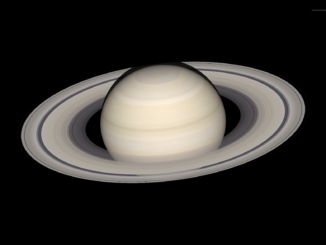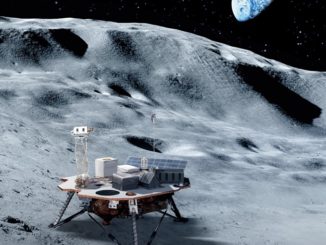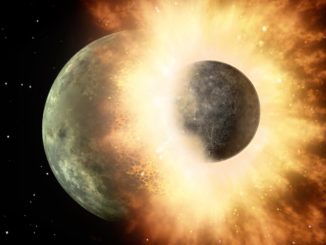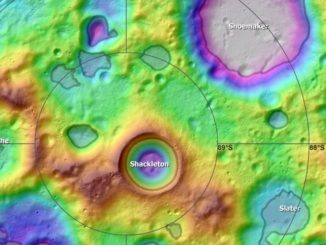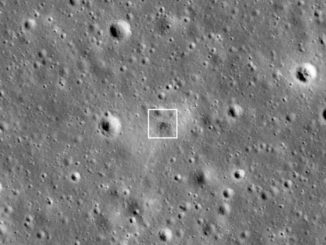
Watch the crescent Moon graze a double star at dawn on 27 August
Depending on where you live in the British Isles, you may be fortunate to view a lunar occultation of naked-eye double star delta (δ) Geminorum at dawn on Tuesday, 27 August 2019. Observers fortunate enough to lie on the so-called graze line will see the star appear to flicker on and off as the mountains and valleys of the northern lunar polar regions drift by.



